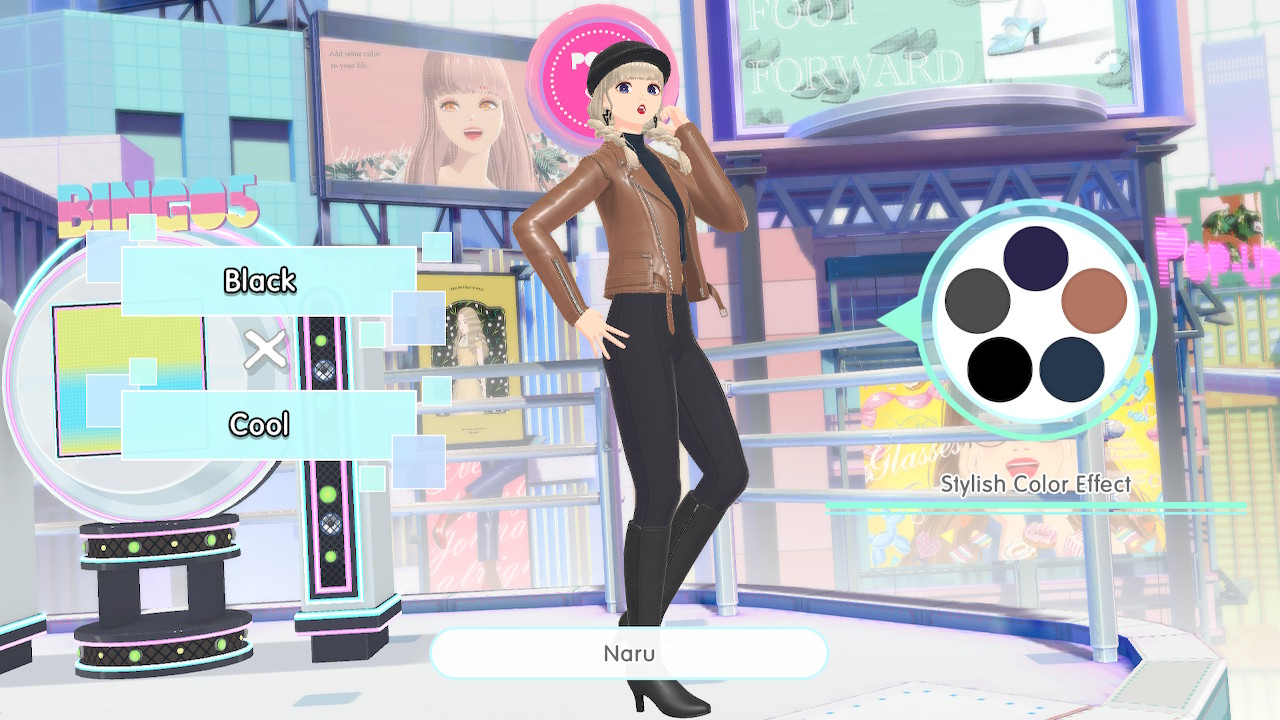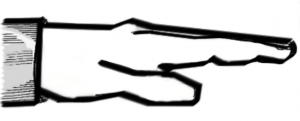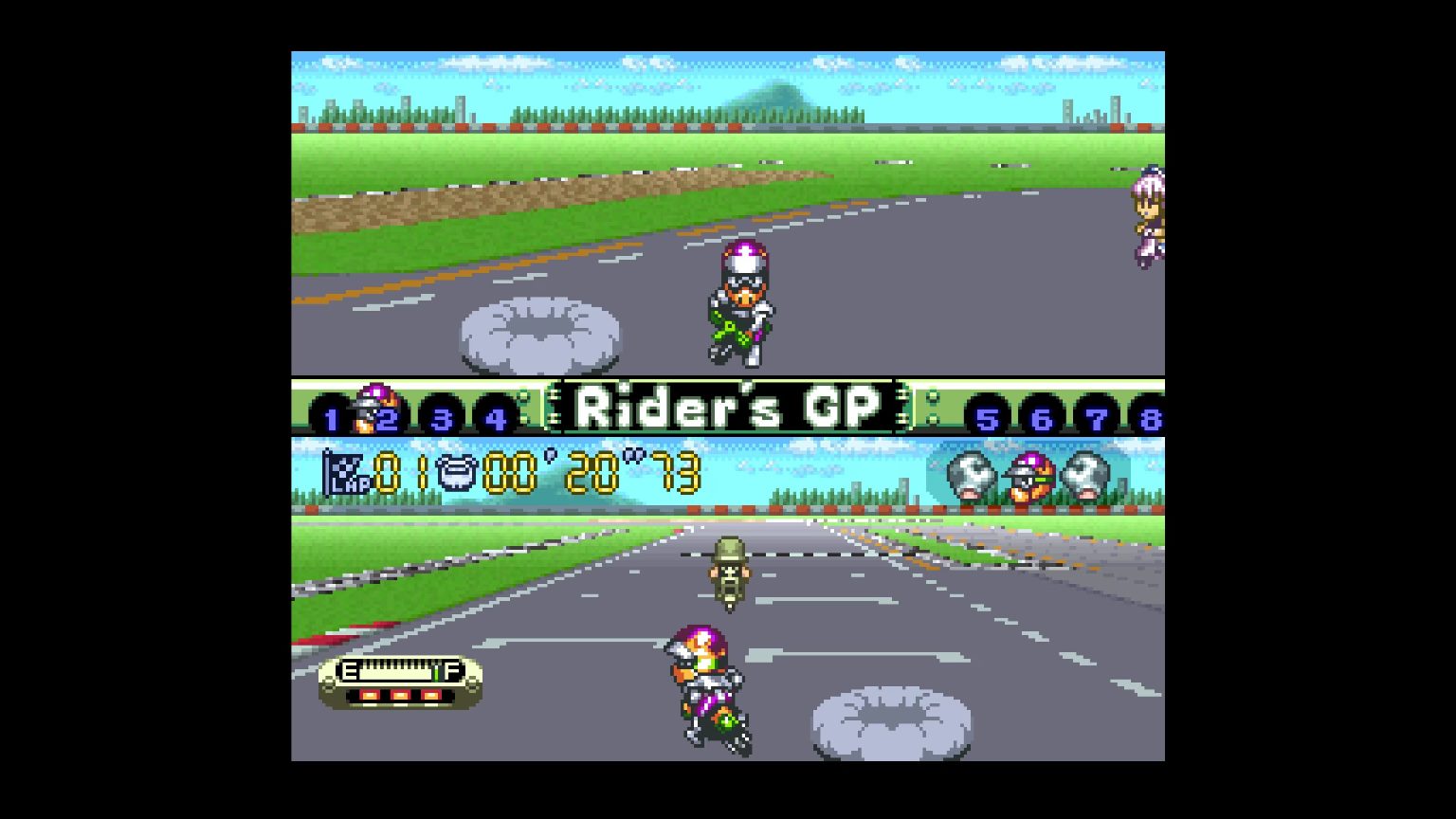System: Switch
Release date: November 3, 2023
Developer: Syn Sophia
Publisher: XSEED / Marvelous
It’s a bit of surprise that it’s taken so long for a game like Fashion Dreamer to land on Switch, especially after developer Syn Sophia’s Style Savvy series of games proved that there’s an audience craving laid-back games about designing clothes. The bulk of recent releases in the genre have been microtransaction-ridden smartphone games, so there’s been some excitement among the cozy-gaming crowd that Fashion Dreamer could be a more premium alternative. It’s also a bit of a departure from its predecessors, focusing more tangibly on the clothes themselves than the culture around them. But is that enough to make Fashion Dreamer an easy recommendation for aspiring clothes designers?
Fashion Dreamer differs most substantially from its predecessors in that it’s an incredibly freeform experience. There’s no story path to follow, nor are there really any tasks that need completing. You’re not doing things like participating in runway fashion contests against your rivals, or trying to run a clothing store in a city, like in some of the Style Savvy games. Instead, the player is dropped into a metaverse-esque environment called Eve that simply encourages players to design clothes and outfits at their leisure, and maybe try out some adjacent activities like photography. Beyond a quick set of tutorials explaining all the different components of Fashion Dreamer’s world, it’s up to the player to find their own fun. Because of this, the game feels more like a platform for creation and expression than a game – and while that may be fine for some, I found Fashion Dreamer a bit too empty and sterile to make me want to come back for more.

The world of Fashion Dreamer is a digital utopia split into themed districts called Cocoons; one of them resembles an urban streetscape, whereas another feels more like a fancy shopping mall, for example. Each Cocoon is populated by characters called Muses who will often be NPCs, but when playing online may be swapped with character models representing other real-world players. Either way, Muses exists for one purpose: as canvases for the player to assemble outfits. Muses may have preferences for certain colors or styles, but beyond that, players are free to use both predesigned and custom-crafted clothes to dress them up however they want. Meet their requests well and do things like use complimentary colors, and you’ll earn better rewards, like increased E-Points – the primary currency in Fashion Dreamer.
Interestingly, though, you don’t really use E-Points to buy clothes in Fashion Dreamer. All you have to do is “Like” a clothing item to add it to your collection, and from that point on its yours to use freely when designing outfits for Muses. It’s a bit of a double-edged sword in that it’s great being free to build a clothing collection quickly, but it’s a completely mindless process when there’s no need to, say, budget finances. There’s nothing really exciting about the process of collecting clothes because you can’t walk more than a few feet in Eve without running into an NPC with an outfit you can just add to your collection in a single click. There are also a ton of in-game “shops” (that are really just floating screens) offering rotating selections of clothing items of varying rarity, but you’re not really shopping, so it’s not really that interesting of an experience.
The variety of clothes on offer is pretty massive, with a considerable range of options across a wide range of styles. I can’t imagine most players being disappointed with the thousands of different options available, especially when factoring in customization. There are still some pretty jarring absences – I’d like to see more accessories like watches and belts, for example, which seem like weird oversights – but it’s not a big deal. What’s more disappointing is that most of the clothes are locked to specific body types, which feels out-of-touch and needlessly restrictive at best, and will certainly make it more difficult for some players to design a a Muse that actually looks like them. That, to me, is unacceptable for a game that is laser-focused on self-expression and creativity, especially considering animations and such are shared between body types.

Fortunately, customization in Fashion Dreamer is pretty fleshed out, although there’s definitely room for improvement. Any clothing item can have the various colors of its patterns customized, and many items can have upwards of five or six different ways to customize said colors. Not from the start, mind you – even if you have, say, a pair of jeans in your inventory, you’ll separately need to unlock the ability to customize it by spending E-Points. Maybe a Muse will give you a crafting recipe for it if you’re lucky, or if all else fails, you can dump an extra form of in-world currency into a literal gacha machine to try and unlock the ability to customize it. It’s not the most rewarding method of progression, but its functional, even if it occasionally feels ripped out of a mobile game.
The big restriction with customization is that you can’t really custom draw patterns on plain clothes like you can in something like Animal Crossing, nor can you change the pattern that might already be on an article of clothing. This is something that you can do in other fashion games, and its absence means you’ll quickly start seeing a lot of clothes that feel repetitive, because only the colors have changed. You can still get creative within these limitations, but it could have been so much more interesting.

This oversight is even stranger because you can use patterns to design a custom logo for your in-game fictional brand. In Fashion Dreamer, players can, if they want, have their own “brand showroom,” which is a small virtual space where it’s possible to display clothes the player has designed, or even just outfits they’ve collected. It’s also possible to visit other player’s showrooms to pick up new clothes, which can be fun for a bit and feels more like actual shopping than the standard clothes-collecting experience. But there are some weird limitations, like the absurdly small size of the space, the poor lighting, the fact that you can’t walk under items mounted on the ceiling, the fact that you can only have two mannequins on display… the list goes on. There’s also not a lot of customization options unlocked at the start, and it could take players a long time to start unlocking anything decent, particularly offline players. Want that average-looking wallpaper? Sorry, you’ll have to get to a whopping Level 125 before you can spend your E-Points on it!
Photography fans will likely enjoy Fashion Dreamer more than most, as there’s a drone camera accessible at any time that lets the player take in-game selfies or photos of other Muses. There are a lot of options here, from fun poses to silly unlockable items that Muses can interact with. Outside of the player’s presumed intrinsic creativity, though, there’s little real reason to interact with photography from a gameplay perspective, and I think players will quickly find themselves tiring of the limited background options. Four Cocoons to explore sounds decent on paper, but they’re fairly sparse overall and really feel like they were designed first and foremost as interactive, walkable menus then actual places players will want to spend time in.
I think the best word to describe the feel of Fashion Dreamer, for me, is “uninspired.” Despite being a premium package in price, a lot of its progression elements feel tacked on and poorly thought out. I don’t need interactive Bingo, gacha capsule machines, and multiple forms of in-game currency in a game in which the main focus – collecting clothes – doesn’t require any thought. I also think the game’s strong focus on wanting to create a sort of social platform for designing and sharing fashion resulted in a lot of the charm being stripped away. I appreciate the attempt to build an experience that promotes social interaction as a core mechanic, and it can be genuinely fun to try and design outfits for a real person who has particular requests and see what they’ve made for me. Yet that fun came and went pretty quickly when I realized that my experience wasn’t really going to evolve or become more interesting whether I designed a few dozen outfits or a thousand.
The Verdict

Fashion Dreamer has a lot of potential to fill a very specific void for players who are passionate about customizing clothes at a basic level and designing outfits, but for everyone else, the excitement likely won’t last long. I can respect its ambitions of being a freeform space for creativity, and there are definitely a lot of ways to do that. Unfortunately, barebones progression, an uninspired gameplay loop and an empty world mean that while Fashion Dreamer is competent at what it sets out to do, it never really elevates itself into anything truly compelling. Fashion Dreamer is no Style Savvy, but with so little competition, it might still be the next best thing by default.
Fashion Dreamer copy provided by the publisher for the purposes of this review.


